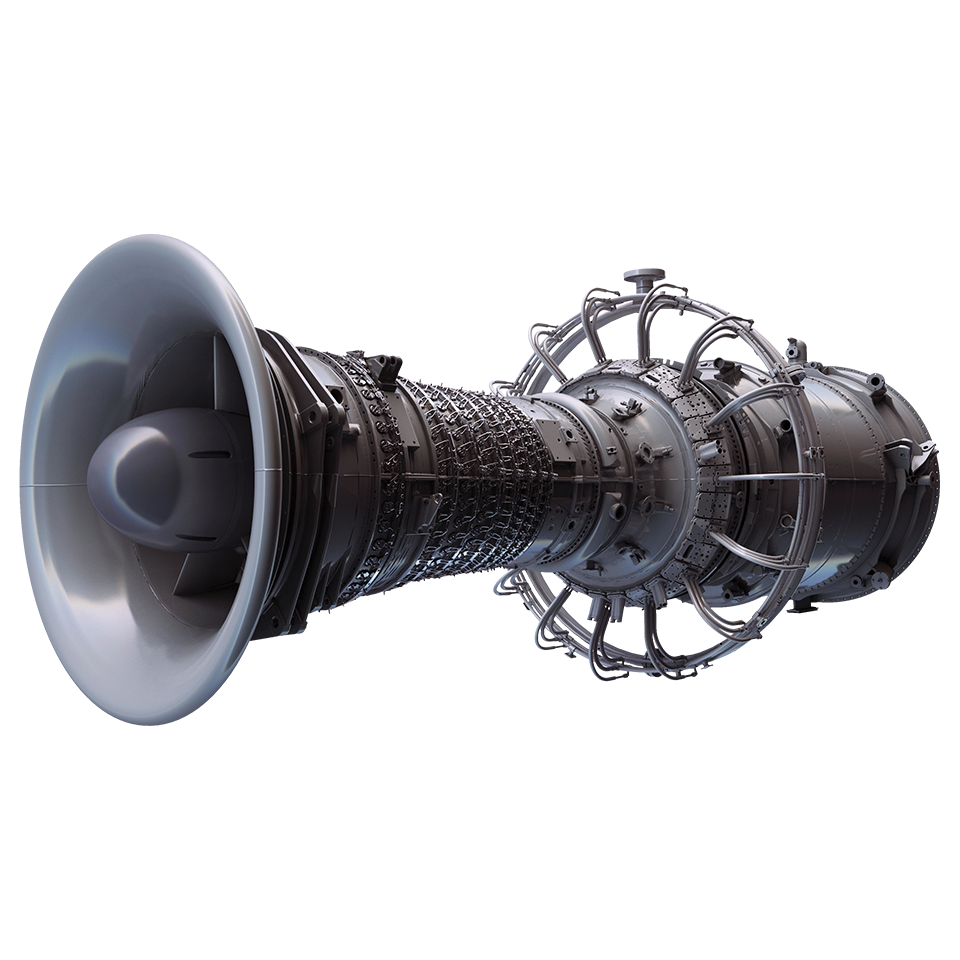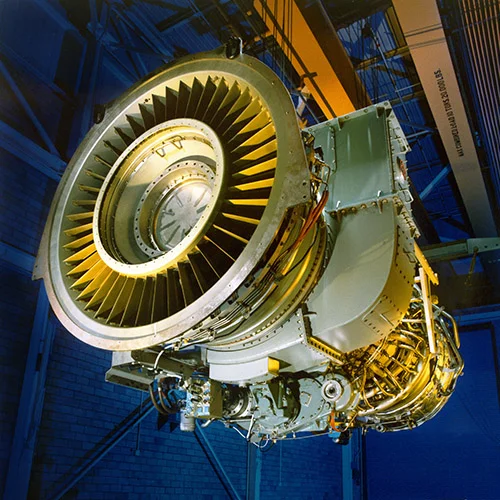-
Products
-
Services
Equipment services and upgrades
Services overviewLifecycle services
-
Resources
Search Gas Power
What are you looking for?
Or start with a popular search:
Recommended resources
LM2500 and LM6000 fuel condition monitoring
Rapid changes in fuel composition can lead to trips, high dynamics, and incipient lean blowout. Upgrade your existing LM2500 and LM6000 gas turbines with GE Vernova’s fuel variability control for increased system response.
250x faster
response to fuel property changes vs. chromatograph
2% LHV/sec
fuel variance capability

Benefits
Rapid fuel variability cuts operability
GE Vernova’s fuel condition variability monitoring system uses a combination of GC, WIM, buffer volume, and a controls algorithm. This system provides early and quick detection of fuel variability in lower heating value (LHV) and specific gravity (SG) which otherwise may cause engine operability trouble (such as trips).
Eliminate the following under significant fuel condition changes:
- High acoustics
- Flameouts
- High emissions

Upgrade your LM2500 and LM6000 gas turbines
As compared to existing gas chromatograph (GC) and Wobbe Index Meter (WIM) technologies alone, this modification to the fuel system accommodates fast, significant gas fuel condition changes. Your LM2500 and LM6000 will benefit from:
- 250x faster response to fuel property changes than gas chromatograph alone
- Fuel variance capability of 2% LHV/sec
- HPC scroll air supply piping, separator, regulator, and drain valve
- Latest gas turbine software for operational flexibility
The fuel variability monitoring system is a means to adjust the fuel schedule to maintain continuous operation of turbines through significant changes in gas fuel properties. Meet emission requirements and more, with:
- Combined available technologies with new adaptive control algorithm, enhancing capabilities
- Preserved uptime
- Improved operational reliability
- Reduced trips caused by changing fuel properties
Smart, fast, adaptable
Fuel condition variability monitoring details
A buffer volume device located downstream of the fuel sensing point adds an adaptive control algorithm to improve the fuel variability capabilities of the entire system. Your engine-control software is modified to accommodate the new tracking algorithms.
The new controls system algorithm generates a time-resolved map that links fuel properties and flow conditions—helping the engine to maintain high operability, even in the most aggressive transient gas property changes.
Our proprietary “GE Vernova algorithm" system provides the fastest possible response time for fuel property variation compared to the other conventional methods (over 250 times more responsive than a GC alone).
This improvement in responsiveness and ability to operate the gas turbine has been demonstrated and validated under detailed testing conditions with actual engines and real fuel property changes.
Gas Power
Gas Power engineers cleaner, more accessible energy that communities depend on to power growth and prosperity.
Contact usEmpowering the data-driven world with reliable, cleaner energy
GE Vernova’s Gas Power business helps provide scalable efficient, infrastructure that supports the world’s energy demands, including those of hyperscale and colocation data centers. Explore our products, from fuel-flexible turbines to services that keep reliable power flowing worldwide.
Explore our Gas Power data centers solutions